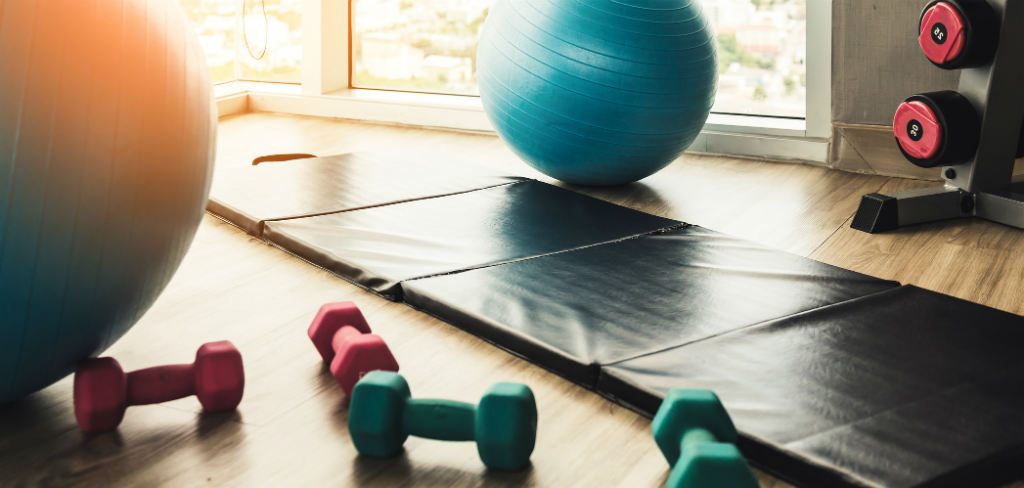
by hopeful
Your Exercise Routine During and After Cancer
In the old days, some doctors would advise their patient with a chronic illness (like cancer, or diabetes) that rest was the treatment most likely to help with their condition. This can still be appropriate advice, especially if activity causes physical pain, shortness of breath, or too high an increase in heart rate.
However, recent research suggests that too much rest or inactivity can lead to further problems, including muscle deterioration, a reduced range of motion, and a diminished sense of emotional well-being, self esteem and health. Exercise is possible during cancer treatment, and can even help to improve your quality of life.
Of course, researchers still have a lot to learn about the direct relationship between physical activity during cancer treatment, and exercise’s effect on the immune system, so talk to your doctor before engaging in even a moderate exercise program. Your ability to exercise may be altered by cancer, depending on the type or stage of cancer you have, the type of treatment you are receiving and your overall levels of strength, fitness and fatigue.
During and After Treatment
Whether you’re resuming your pre-diagnosis exercise regimen, or starting a new one, consult with your health care team and get your doctor’s input on how your planned routine will best fit with your interests and needs. Your treatment team will also need to be kept abreast of your activity level and exercise, as well as any changes you observe during treatment. Other factors to consider during and immediately after treatment include:
- Keeping an eye on your blood counts, including red and white blood cell counts. These will affect the amount and type of exercises that it’s safe to perform.
- If minerals in your body are diminished, including sodium and potassium, due to diarrhea or vomiting, do not exercise.
- Keep exercise moderate, and avoid strength or resistance training that could cause injury or potentially damage or dislodge catheter or feeding tubes. Do not perform any exercises that put stress on your bones if you have a type of cancer that has spread to the bone, or if you have osteoporosis, arthritis, nerve damage, poor vision, poor balance or weakness.
- Stop exercising and tell your doctor right away if you have swelling in your ankles, a rapid weight gain, or have trouble catching your breath while at rest or during light exercise. If blood thinners are a part of your treatment, watch for bleeding, and call your doctor if you experience any swelling, pain, dizziness, or blurred vision.
Types of Exercise to Try During and After Treatment
Warm up and cool-down exercises are vital, including light stretching, shoulder shrugs, and knee lifts. Start slowly, with a goal of being able to exercise for 10 minutes, before taking a break. Slow down, stop and rest when you need to.
After consulting your doctor, try exercises that will work large muscle groups, including your thighs, stomach, and back, as well as exercises that will help develop muscle strength and bone health, using a resistance band or light weights.
The best levels of exercise for cancer patients or survivors are different for every patient. The goal of any exercise program should be to maintain muscle strength, flexibility and mobility and your ability to do the things you want and need to do each day.
Exercising Without the Exercising
Keeping your exercise routine moderate and fun increases the likelihood that you will stick with it. Start slowly (even a few minutes a day will help), group your activity into smaller bursts, and be sure to take frequent breaks. Listen to your body, and don’t push too hard while you are receiving treatment; remember that it’s possible to incorporate activity into your day, without a regimented fitness routine. Ask your doctor about:
- Going for a walk around the neighborhood, walking to a restaurant for lunch or walking the dog
- Performing household chores, including mowing the lawn, raking the leaves or weeding the garden, cleaning the kitchen or the bathroom, or washing the car
- Playing outdoor games with kids, including tag or hide-and-seek
Remember, cancer patients and survivors may need to exercise with less intensity and at a slower pace. Whatever activity you pursue, keep active and keep it fun.